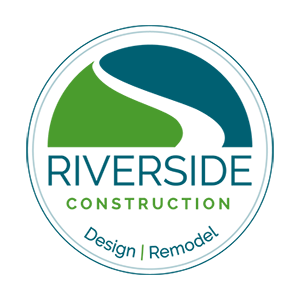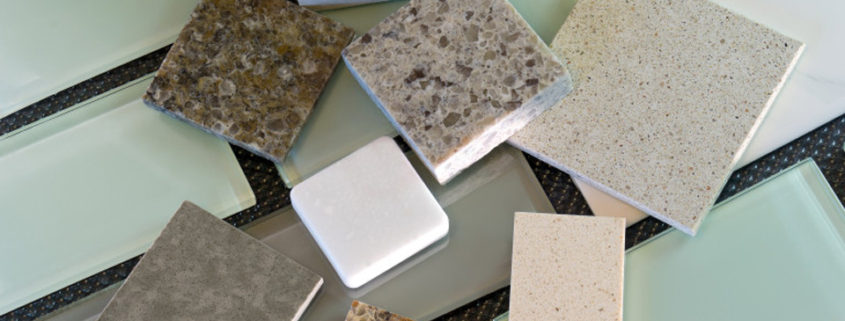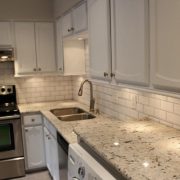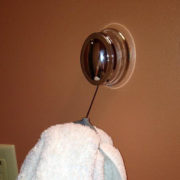Kitchen Countertop Options
One of the biggest changes that you can make to a kitchen is changing the countertop. It’s important to purchase one that provides you with the feel and style you want, one that you are comfortable with its durability and maintenance and one that is available at the price you want to pay. These are some of our favorite options and some of their pros and cons:
1. Laminate- Laminate is available in many colors and varieties some with beveled or premium edges. They are frequently less expensive and the backsplash and countertop can be one piece. They however can be scratched and damaged relatively easily and they are not very durable under hard usage.
2. Wood- If you are looking for a particularly warm feel to your kitchen, wood may be the best choice for you. Wood surfaces change with age and require regular maintenance especially near the sink. They are easily damaged by heat and long standing water.
3. Stainless Steel- Stainless Steel can provide you with a contemporary or industrial look. It is durable and easy to maintain and clean, but it does scratch. The price depends on intricacy of desired countertop and the finish of the steel.
4. Concrete- Concrete is being used more frequently as a counter material. It can be colored, molded, inlaid with alternate materials and imprinted with different textures. Concrete can be very low cost if built in place. The size and amount of gravel changes the texture dramatically. Concrete is easily cleanable but does require some protection from acidic and hot materials.
5. Tile- Tile countertops provide you with a wide array of material, sizes, shapes and patterns for your countertop options. Tile is less expensive than it was in the past, but the grout requires regular sealing. The tile durability depends on the tile type; glass tiles are less durable than ceramic or porcelain tiles.
6. Solid Surface- Solid surface countertops are made of Poly acrylic vinyl and resins and can be molded into any shape. They can scratch, melt and stain, but unless the damage is severe it can be easily repaired. They are available in sheens from matte to high gloss and generally have a consistent, even tone. They have many unique edging and sink options available.
7. Quartz and Engineered Stone-Quartz and engineered stone surfaces are hard to damage due to their composition- 90% natural stone crushed to specific size mixed with resin and pigment. More colors and variations of color, texture and edges are available all the time. These surfaces are hard, strong and stain proof and their seams are barely visible.
8. Granite- Granite countertops are made from the stone in its natural form. Each piece will be unique. They are hard to damage, but it does require maintenance. The price often depends on the specific stone you pick.
9. Marble- Marble has been used for many years in Europe and more recently in the US. Marble is more porous and will patina with age. It does stain easily and will show marks of time, but sealers and speedy cleaning can help protect the surface.
10. Soapstone- Soapstone is an alternative natural stone countertop and comparable in price to other natural stone countertops. It is typically blue to green or gray in the color spectrum. Maintaining with the recommended mineral oil ensures even darkening, but is not necessary. It is not easily stained or harmed by heat or chemicals and is available in a variety of textured surfaces.







Leave a Reply
Want to join the discussion?Feel free to contribute!